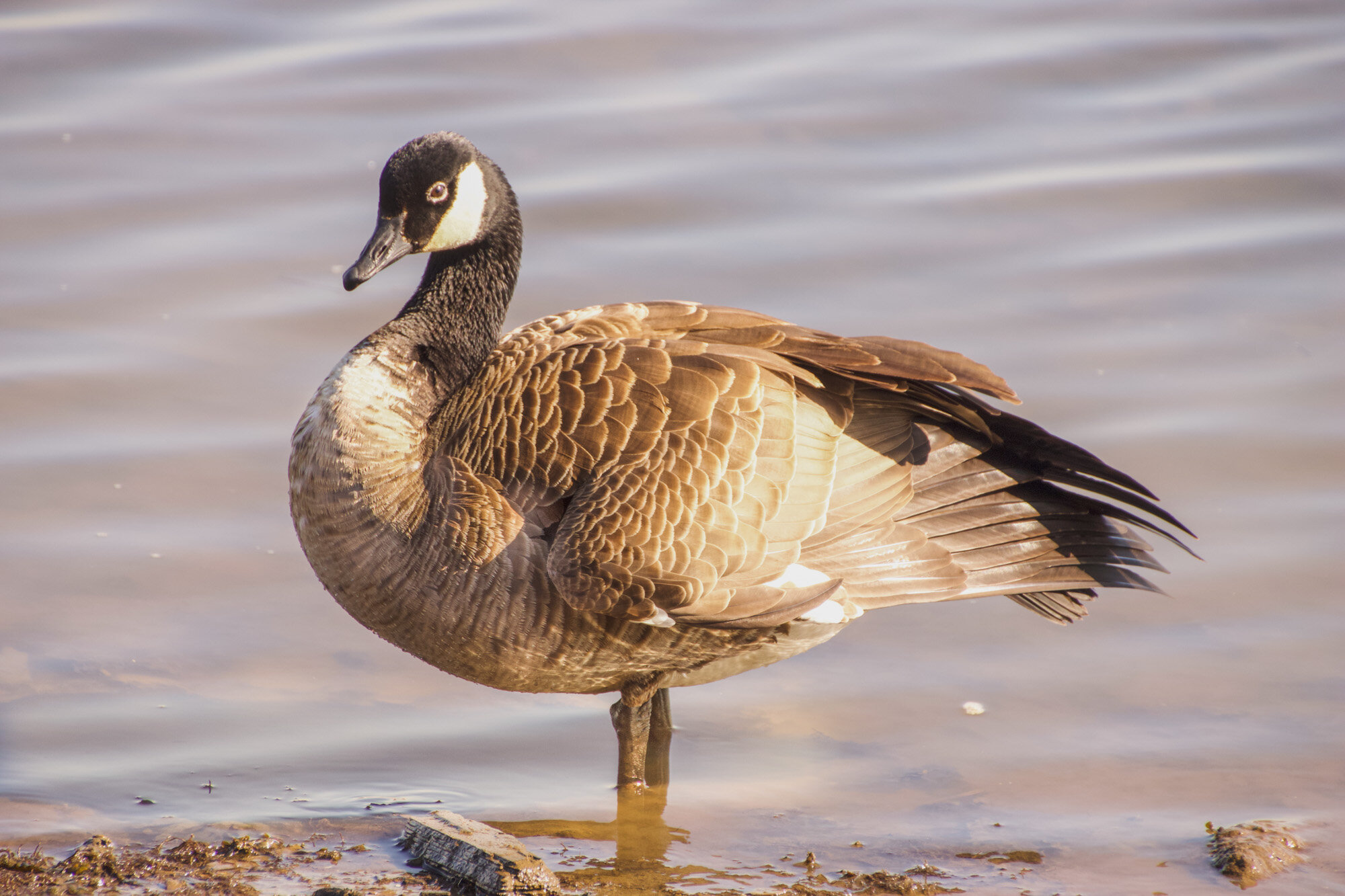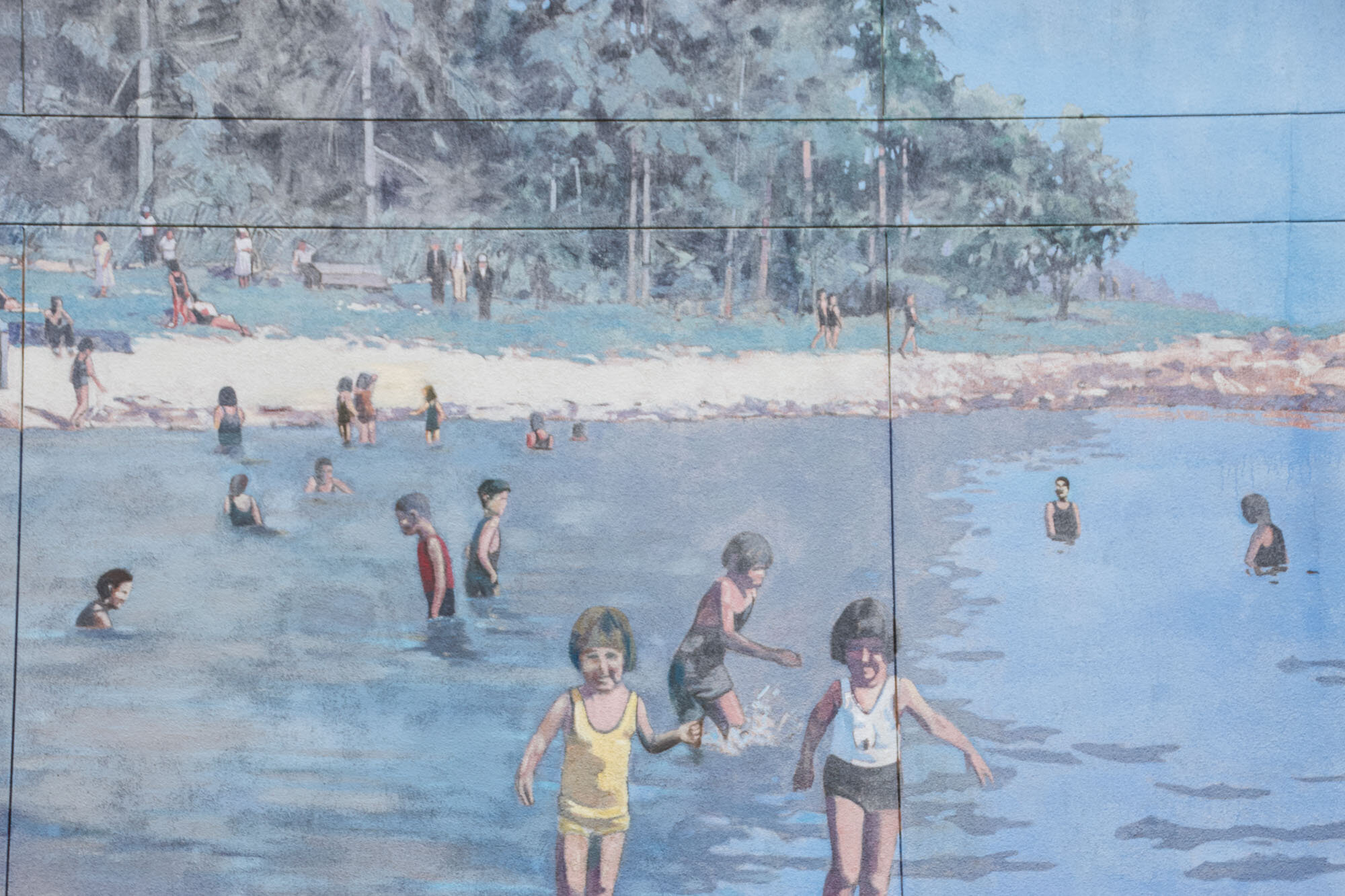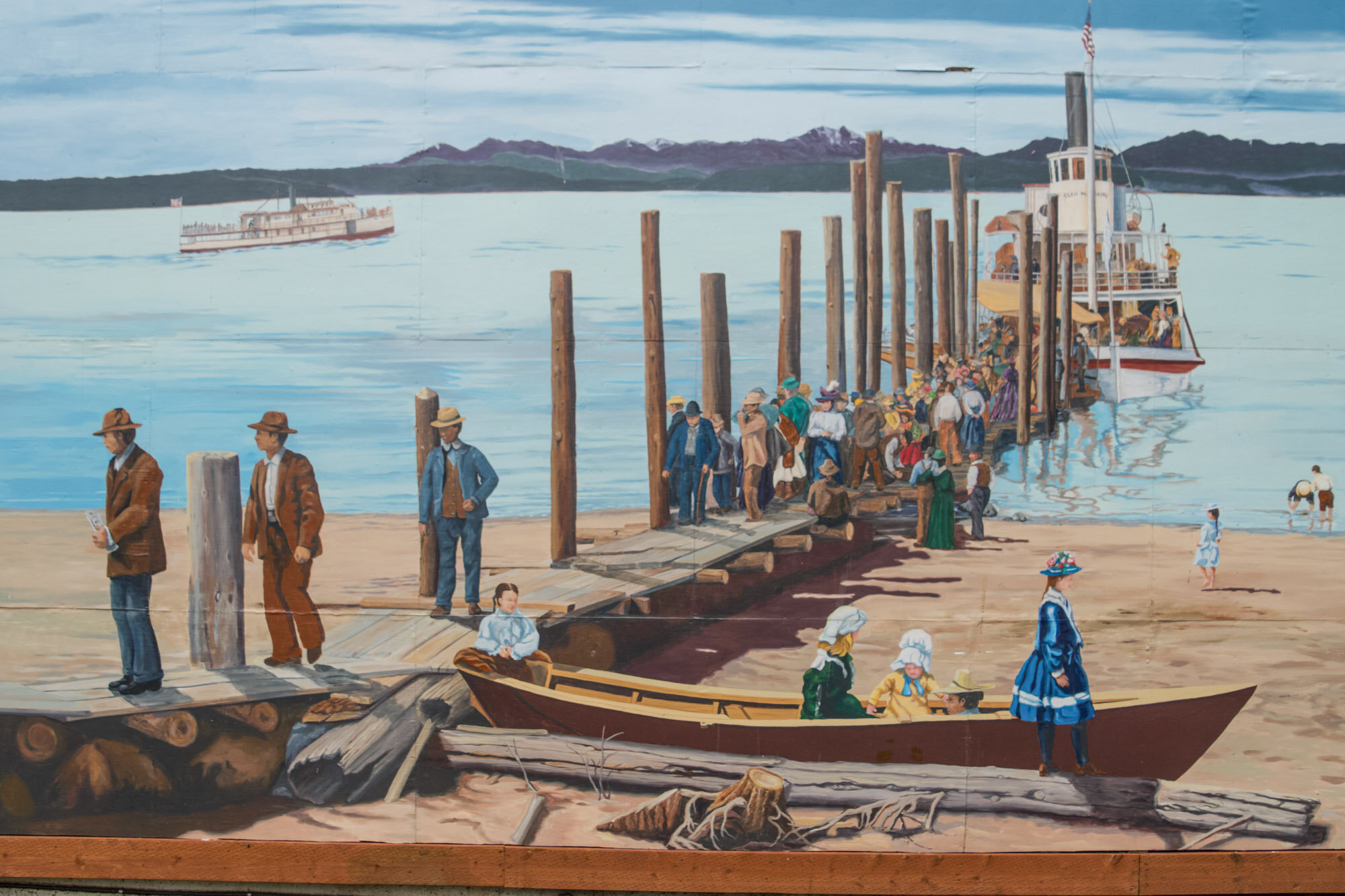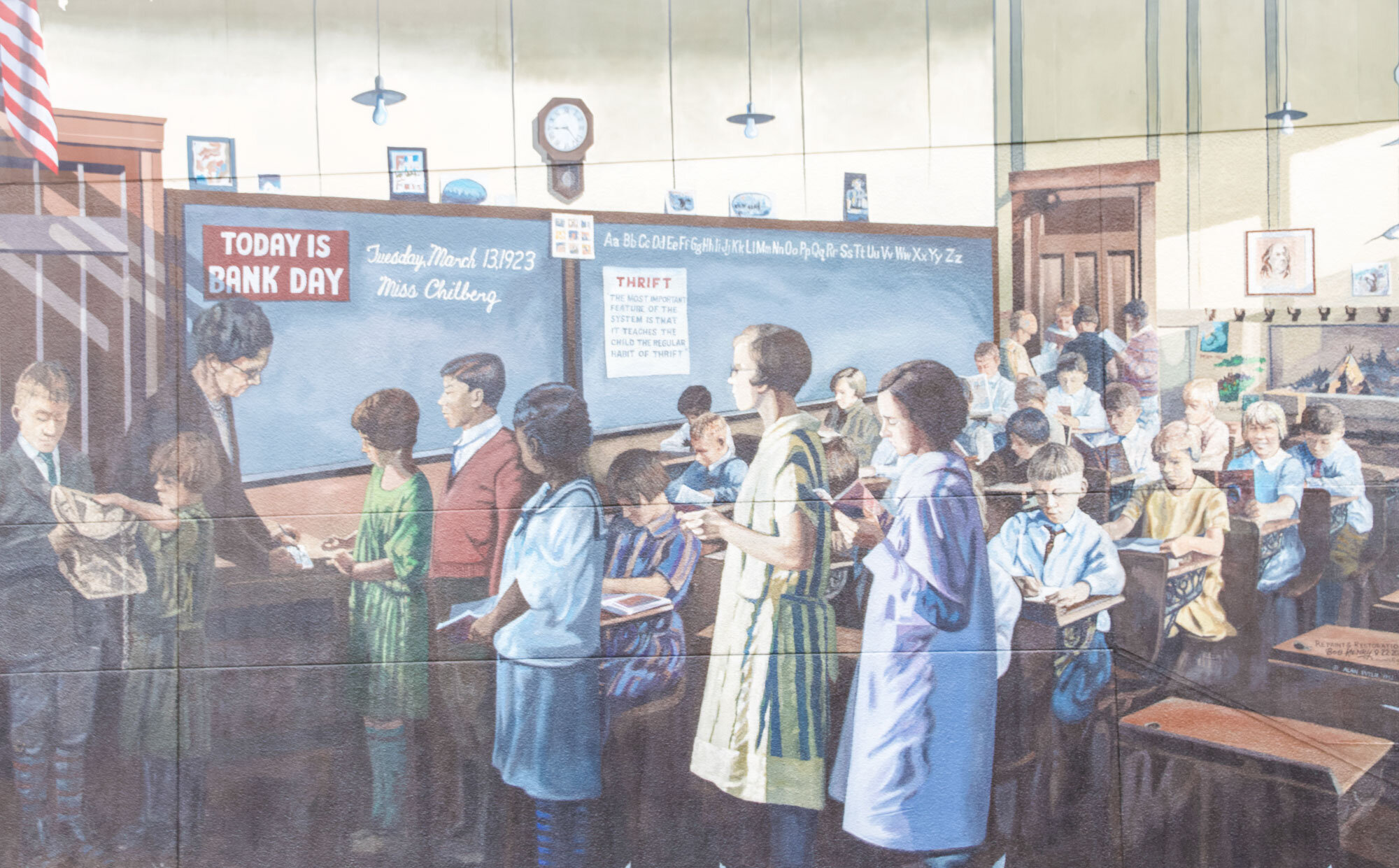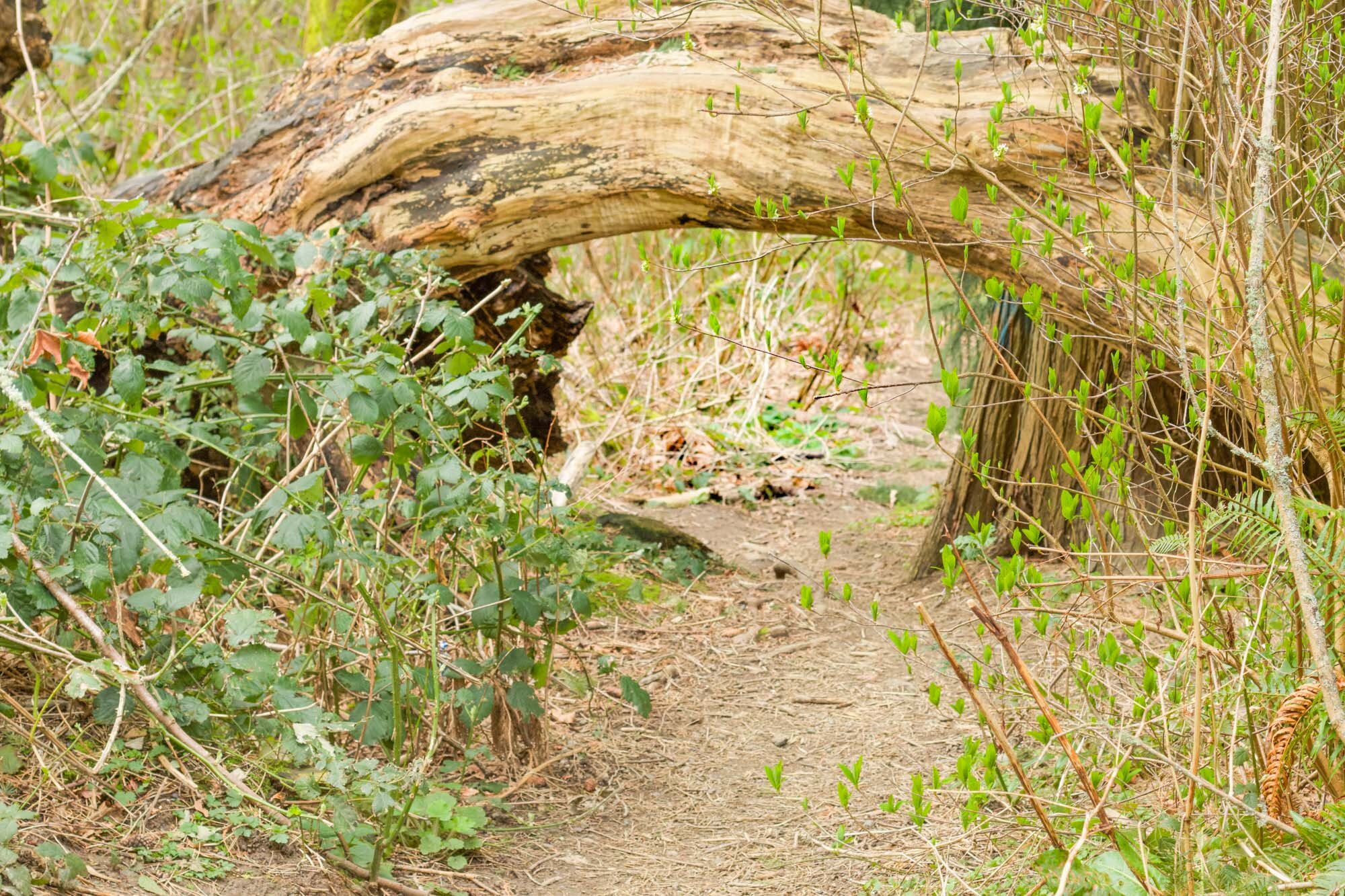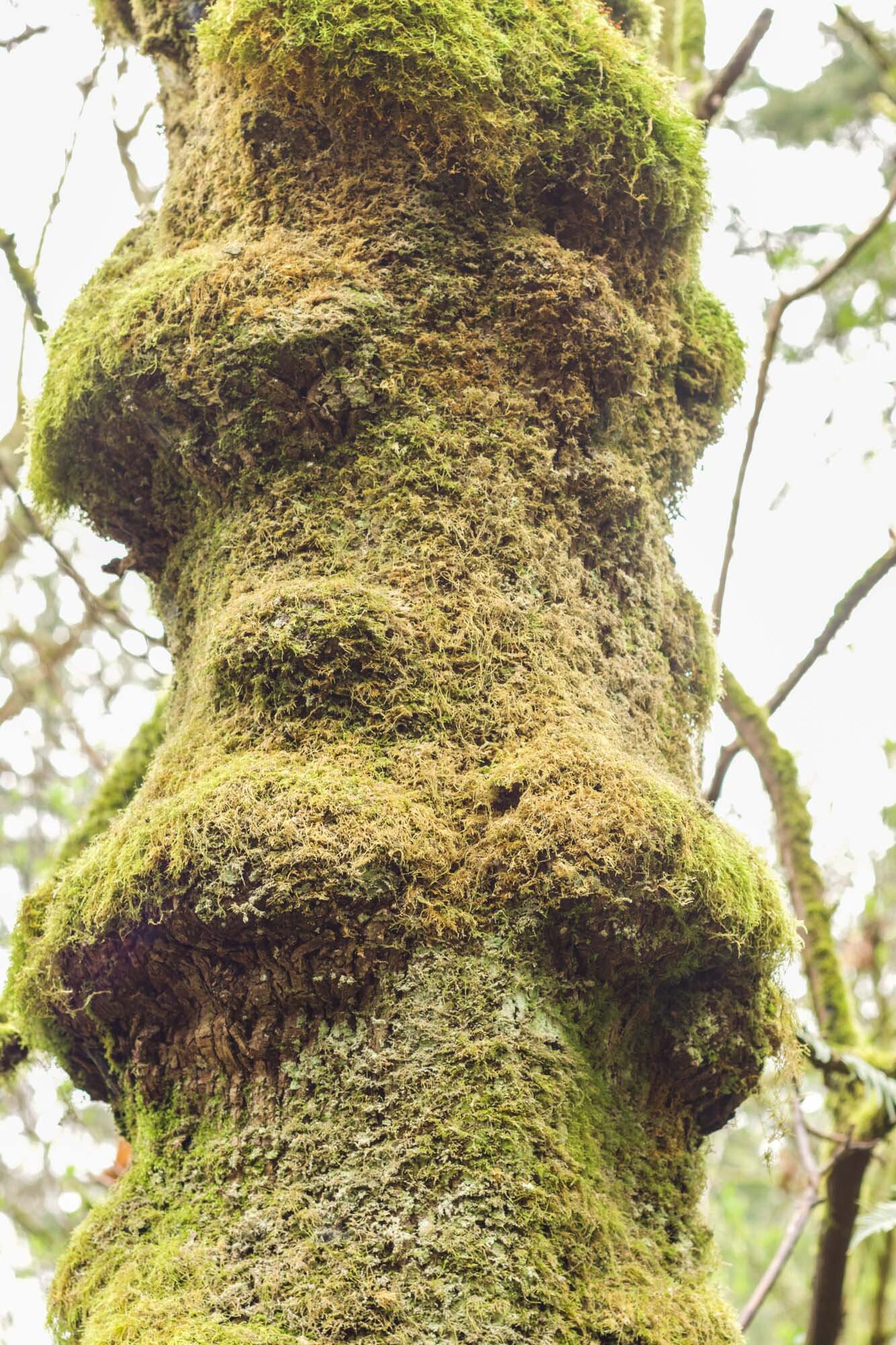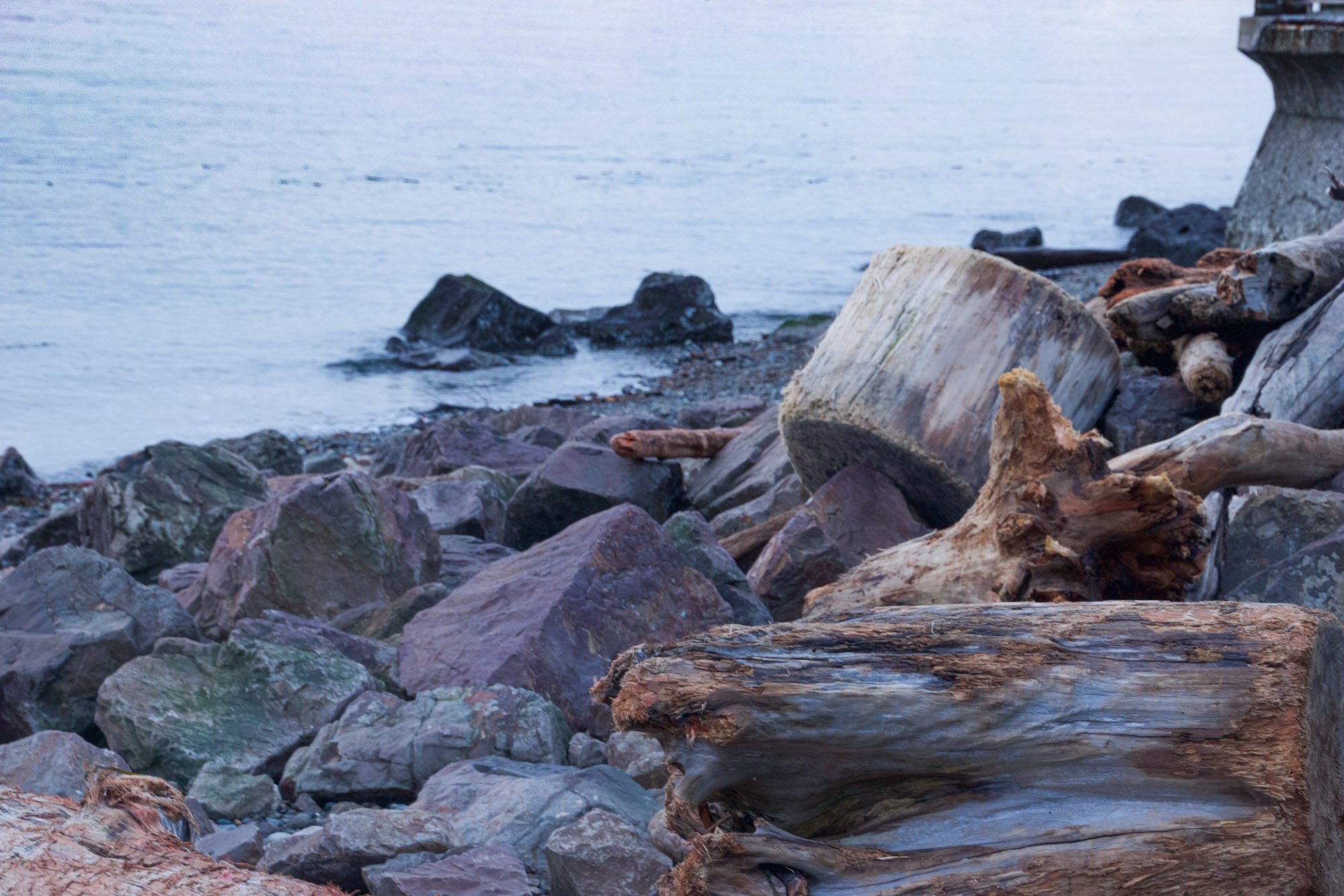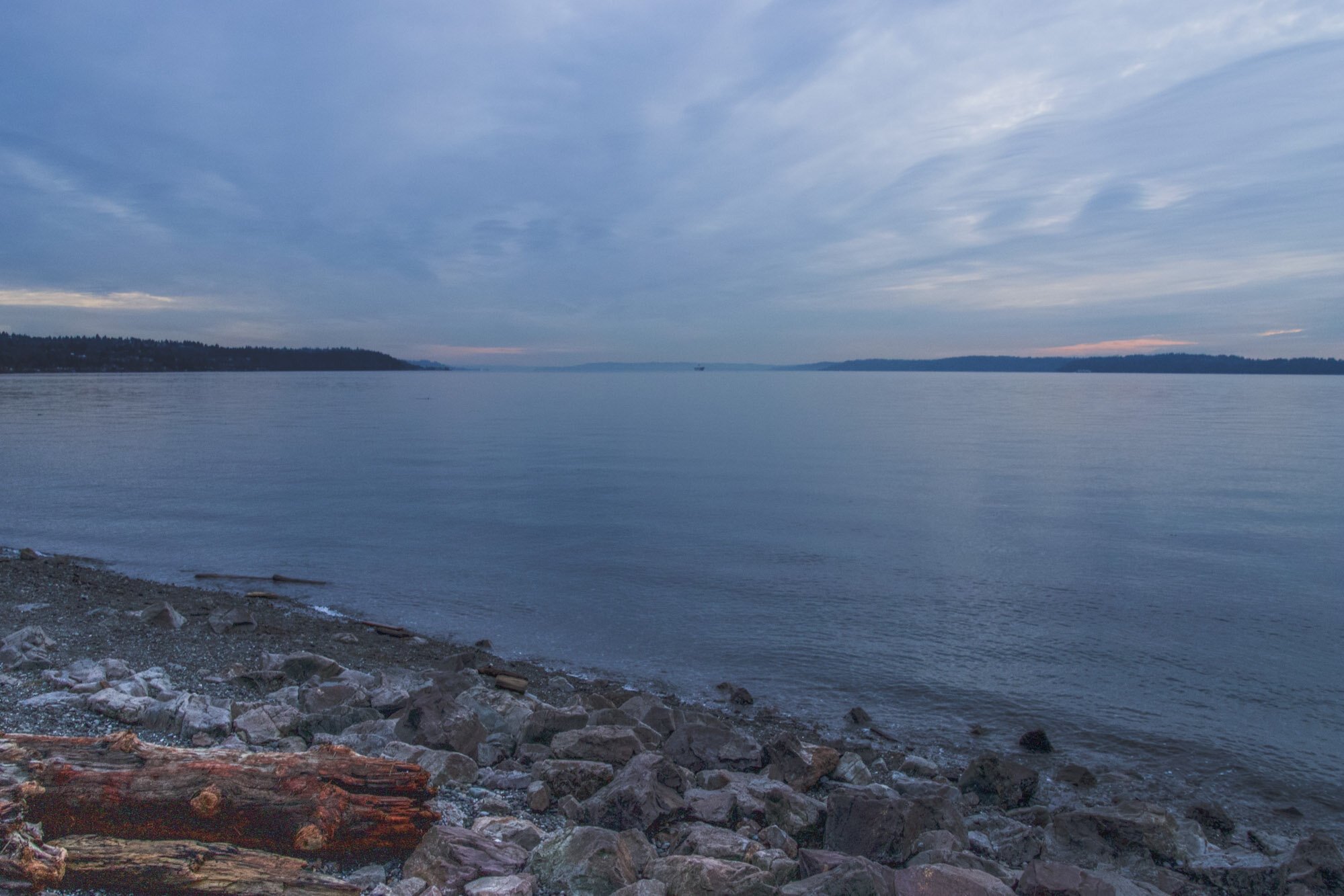West Seattle
I go to West Seattle regularly these days. My daughter, her husband and my two year old grandson Nathan live there. But my travels are generally from my house to their house and back. Sometimes Nathan and I go to the beach for a two year old length walk, even in the winter, but that’s about as far as I had ventured. Sometimes our daily lives limit us to places not much closer than just around the corner.
West Seattle History
West Seattle has a fascinating history as the oldest and largest of all Seattle neighborhoods. Members of the Arthur Denny party, 10 adults and 12 children, disembarked from their boat at what is now known as Alki Point on November 13, 1851. They only stayed several months however, because of the isolation from the “mainland”, which allegedly made some of them cry. It wasn’t until 1907 that West Seattle, along with Ravenna, Ballard and three other neighborhoods were annexed by Seattle.
West Seattle was not uninhabited when the Denny party arrived. Members of the Duwamish tribe had been there for at least 6 centuries. However, the settlers claimed ownership of all they could survey under the 1850 Donation Land Law.
Duwamish Longhouse and Cultural Center
I visited the Duwamish Longhouse and Cultural Center which I regularly passed on West Marginal Way due to the bridge detour. The longhouse sits near the mouth of the Duwamish River overlooking the Duwamish River Valley. In 1855 Chief Seattle signed the Point Elliott Treaty which gave the Duwamish and other tribes hunting and fishing rights and reservations in exchange for 54,000 acres of land, including Seattle and parts of King County.
The building is a combination of display areas, a small shop and the actual longhouse, made of beautiful cedar, which houses items that represent the arts and culture of this tribe. It is there that the tribal business is conducted and arts and cultural events take place.
Across the street from the longhouse is a beautiful long and narrow park, the Ha?apus Village Park, on property owned by the Duwamish tribe (pronounced Ha-ah-poos). The park, which was previously an ancient Duwamish village, hugs the shore of the west channel of the River, with many access points to the water. At one point, as part of an estuary, several geese shared their beach with me and did not hesitate posing for photos.
West Seattle Murals
The history of West Seattle is depicted in a set of 11 murals that were painted by artists from as far away as Newfoundland. All but one of the murals are painted on the backs of buildings in the West Seattle Junction, a small business area, considered to be the heart of West Seattle.
Commissioned in 1989, the murals were recognized by earning the National Neighborhood of the Year Project in 1992. The murals were originally a project of a West Seattle businessman, Earl Cruzen, who raised the funds for the murals and recruited the artists. His wife Adah, recently donated $100,000 from her husband’s estate toward their restoration, which is currently underway to keep these beautiful murals alive. Visions of the first Duwamish bridge, the old West Seattle Ferries, Bank Day, Alki in the 20’s give us ideas of what life was like back in the day.
South Seattle College Arboretum
West Seattle is full of surprises. Do you know that South Seattle College is the home to the College Arboretum and the Seattle Chinese Garden? The sites are located on a bluff and through the trees, they overlook downtown Seattle, Elliott Bay and the West Duwamish Greenbelt. Students in the College’s landscape horticulture program not only designed and created the arboretum and the Gardens, but use these two gems as living laboratories during their education.
Seattle Chinese Garden
The Seattle Chinese Garden’s website describes it as “a beautiful Chinese landscape painting come to life”. Traditional Chinese elements - stones, water, architecture and plants - are highlighted across its acres of greenery, including groves of bamboo scattered throughout. The Garden strives to connect Chinese people throughout the world with its rich culture. Even visiting in the winter, it’s not difficult to imagine how beautiful these two areas are once flowers and foliage begin their seasonal birth.
Schmitz Reserve Park
In the middle of West Seattle sits Schmitz Reserve Park, a 53 acre park with 1.7 miles of hiking trails. The land was donated to the city between 1908-1912 with the largest section donated by German immigrants Ferdinand and Emma Schmitz after whom the park was named. I took Nathan with me for my first visit so we could explore it together. We followed the path of the Schmitz Reserve creek as it found its way through huge old growth trees, similar to the ones that covered the Puget Sound land before it was all logged. We saw many species of shade plants and berries, felt the softness of the moss covering fallen trees, heard the music of birds that wove through the branches of the trees, and Nathan was thrilled to stomp and splash in the shallow waters near the creek.
Alki Beach
One cannot visit West Seattle without spending time at Alki Beach. I’ve driven my car, ridden my bike and walked around sections of its West Seattle’s borders. But to stop and take it all in on a not so clear late afternoon is a whole different experience. I tried to capture the images with my eyes, my brain and my camera. I was at Alki Beach about an hour before sunset because I wanted to capture more than just the sky and the falling sun. It was such a magical moment with the water, the shore full of driftwood, the sky and the snow-capped Olympic mountains in the distance. And then, three paddleboarders slowly traveled north over the Puget Sound waters and crossed over the reflection of the sun as it moved slowly behind the mountains.







